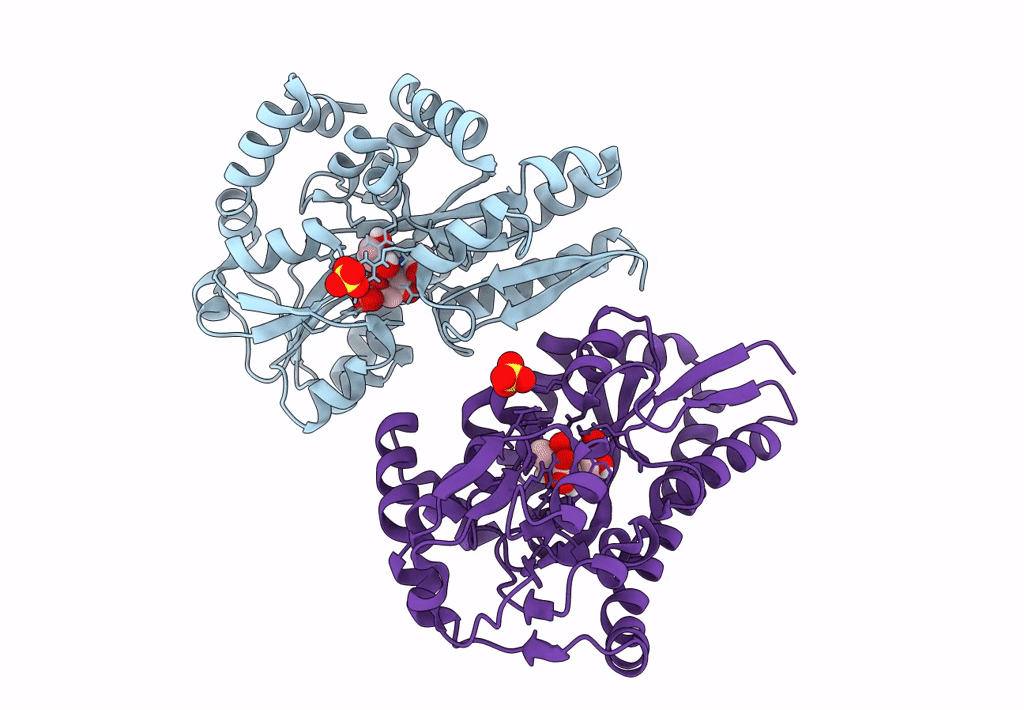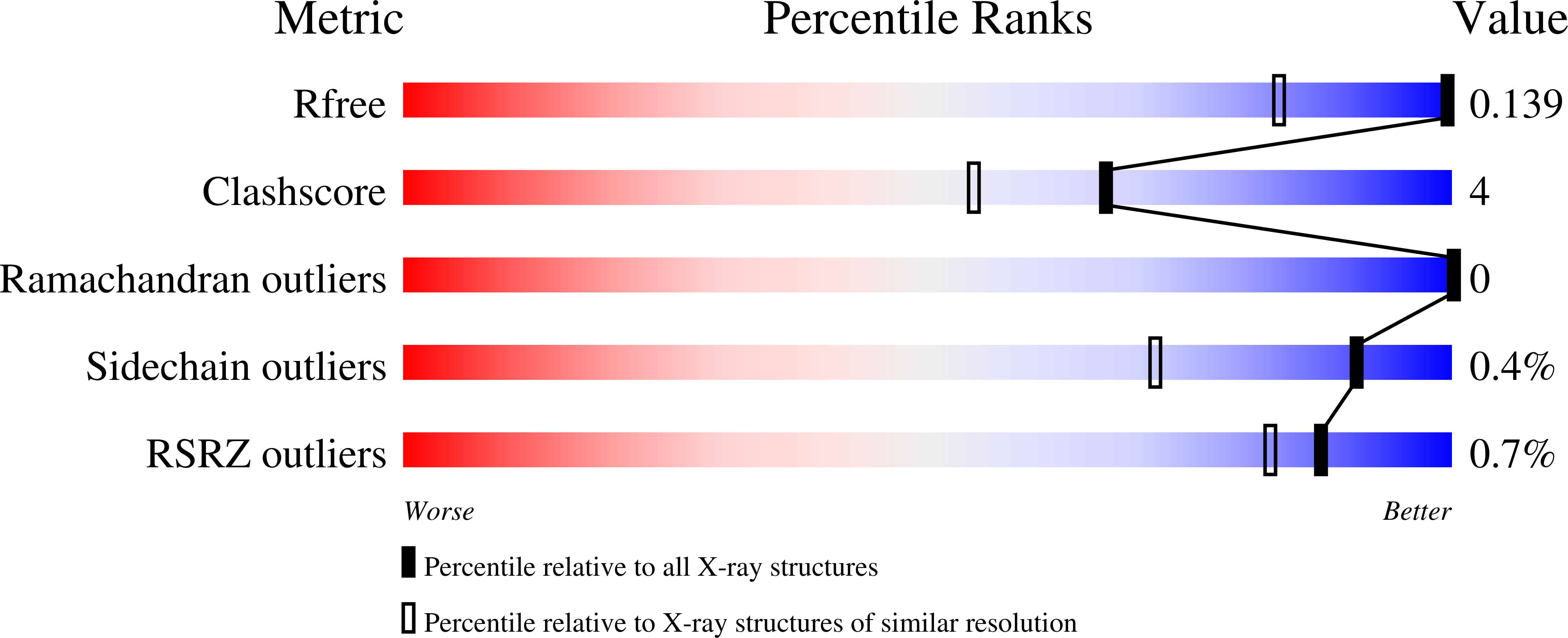
Deposition Date
2021-12-07
Release Date
2022-12-14
Last Version Date
2023-10-25
Entry Detail
PDB ID:
7T3E
Keywords:
Title:
Structure of the sialic acid bound Tripartite ATP-independent Periplasmic (TRAP) periplasmic component SiaP from Photobacterium profundum
Biological Source:
Source Organism:
Photobacterium profundum (Taxon ID: 74109)
Host Organism:
Method Details:
Experimental Method:
Resolution:
1.04 Å
R-Value Free:
0.13
R-Value Work:
0.12
R-Value Observed:
0.12
Space Group:
P 21 21 21


